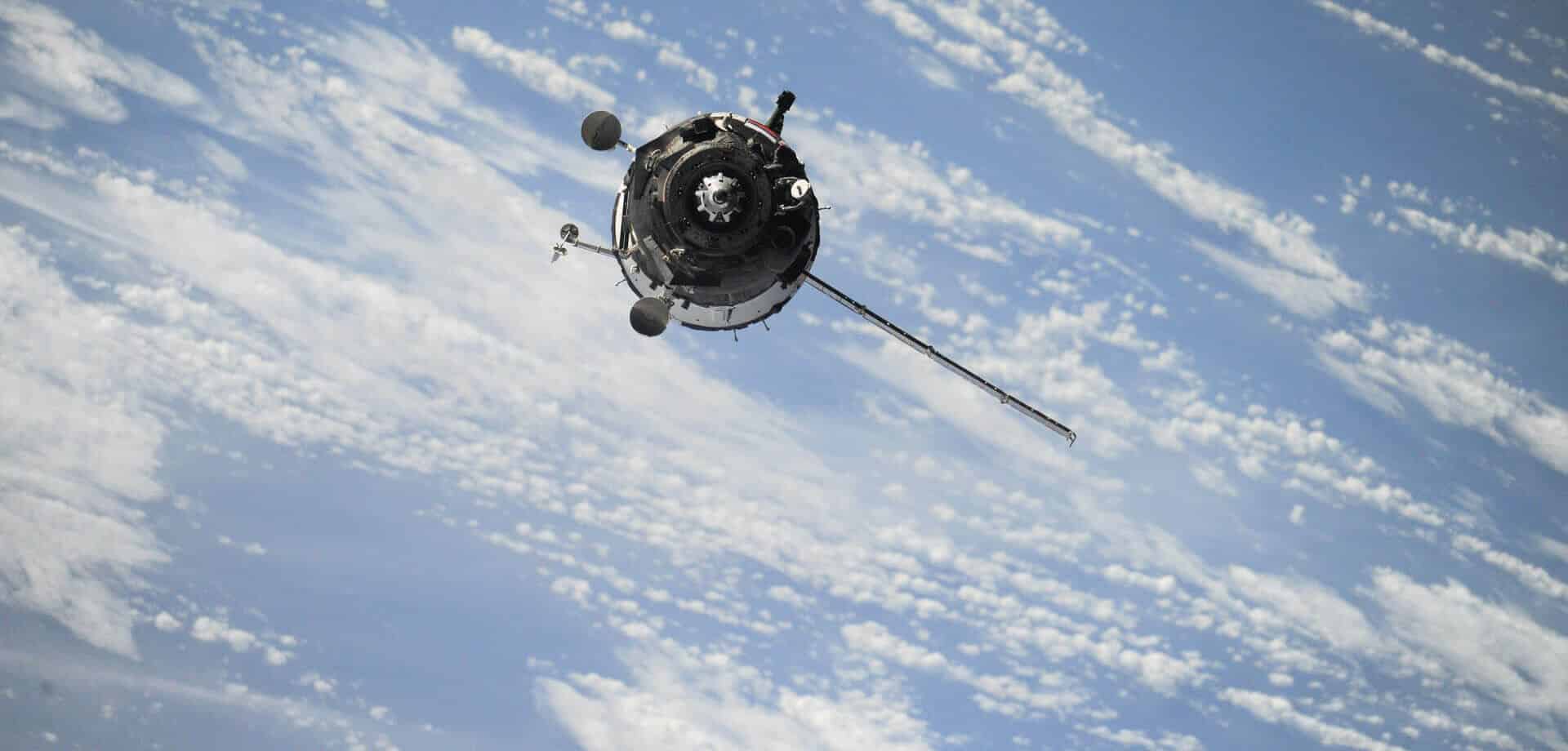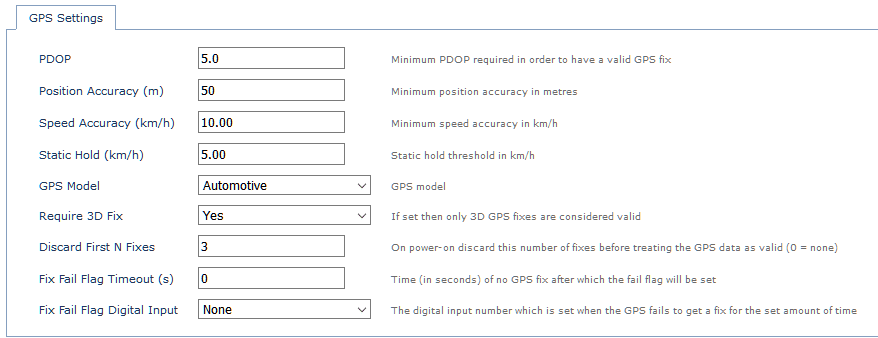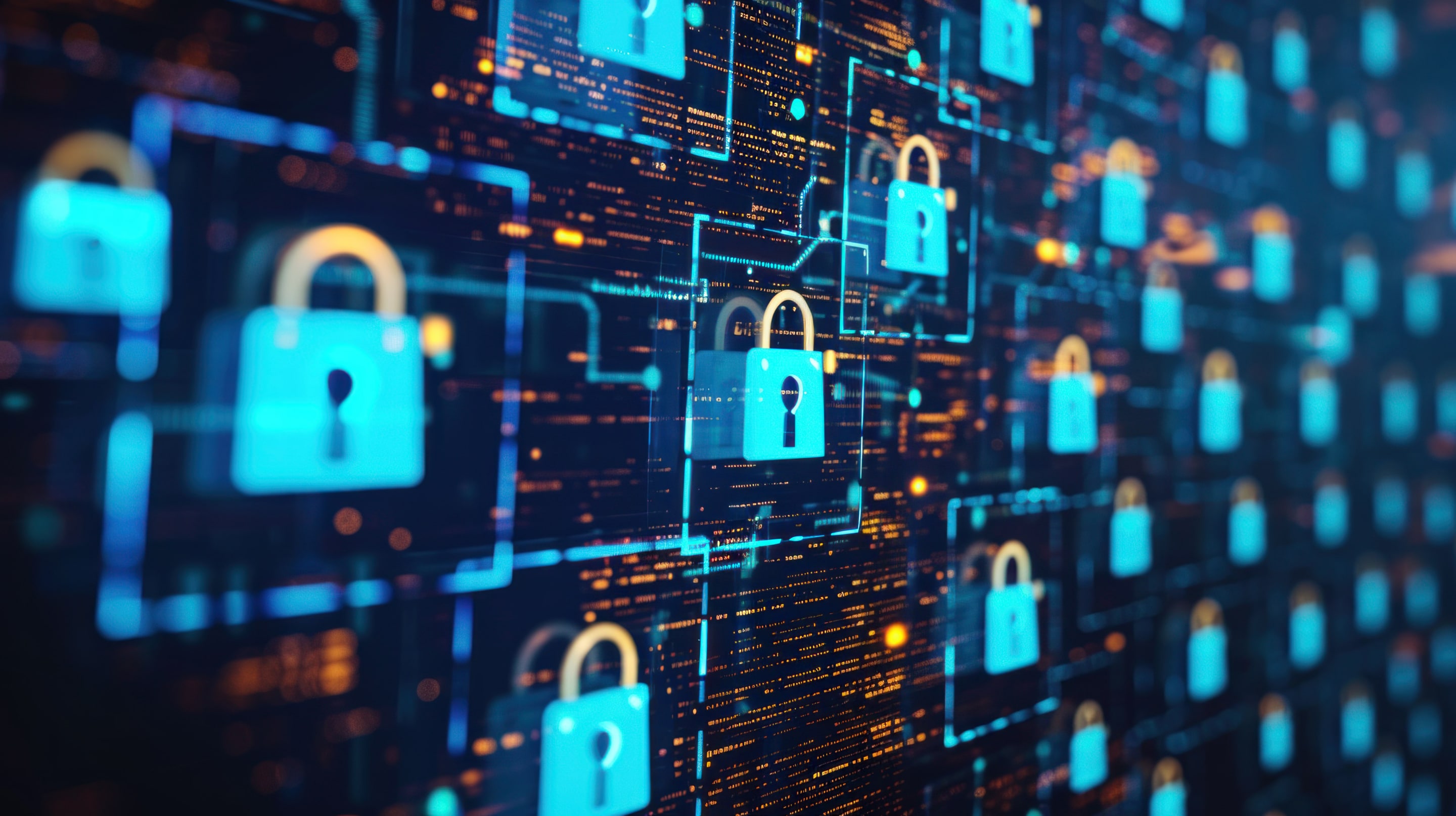GPS Settings to Optimize Performance

Our mission is to help businesses connect, protect, and derive more value from their assets. As a leading global innovator, developer, and supplier of IoT solutions, we drive continuous innovation to enable our partners to deploy confidently at scale worldwide.

In the following video, Matthew Clark-Massera, Product Manager at Digital Matter, discusses how you can adjust the settings of our GPS devices to get the best performance and optimize battery life.
Why do we offer the best performance and battery life?
There are several elements that contribute to why Digital Matter devices perform so well. Every component on our devices has been carefully selected based on an evaluation of the performance and power profile. Our devices use the best and lowest power components available to ensure top performance and long battery life.
Adaptive Tracking Modes
Digital Matter battery-powered devices are all fitted with accelerometers, which is a very low-power way for us to figure out if your asset is on the move or not and adjust accordingly.
Depending on configuration settings, the device only wakes up when we need to get a position or to upload, and the device is sent back to sleep as quickly as possible to save battery life.
As a default setting, most devices update every 12 hours while stationary, and then while on the move, get a position every 2 or 3 minutes, and upload to the server every 30 minutes. This means you get the right information when it is actually needed. Sending many updates for a stationary device doesn’t really provide us with extra information.
GNSS Aiding Data
Another important factor is the GNSS aiding data our devices use to substantially accelerate Time to First Fix (TTFF), improve accuracy, and conserve battery life. Acquiring GNSS signal is one of the most power-intensive actions our devices take. GNSS aiding data can significantly speed up the time it takes for the device to get a fix, which means the GPS is not running for as long, and battery life is increased.
GPS Timeouts
How the firmware manages poor signal conditions is also very important for any GPS device. A poor signal can lead to extra drainage on the battery and decrease the life span. Four satellites are required to provide a 3D fix, and devices will continuously scan for up to 60 seconds until they get a GPS fix.

Most GPS devices will operate in this manner, but our devices have additional intelligence to save power in poor GPS signal conditions – where we were not likely to get a fix anyway.
If no satellites can be seen from early on, Digital Matter devices are programmed by default to stop searching after 20 seconds. This is because the device is most likely under cover and unlikely ever to find a signal. This can save a massive amount of energy. GPS timeouts can be manually adjusted if you wish to increase or decrease the amount of time before the device stops searching for satellites.
Accuracy Parameters
Digital Matter devices allow you to tweak the balance between accuracy and battery life. By adjusting the parameters, you can choose whether you want your device to spend longer searching and refining position for greater accuracy or quickly get a fix and go back to sleep, preserving battery life.

Monitor Performance
Once all these settings have been fine-tuned and applied to your specific requirements, you get statistics that will let you monitor the performance of your devices. This will allow you to adjust and take any corrective action needed to optimize the performance of your devices.
The device counters will allow you to monitor the performance of each device, such as voltage, GPS fix time, upload time, and battery usage trends. If certain trends are seen, such as an increase in Failed GPS Fixes, you can adjust certain parameters to optimize the performance of your device.
At Digital Matter, we have an extensive knowledge base that can be found at www.support.digitalmatter.com, and we can assist with any questions from a hardware or technical assistance perspective.
Related News

Let’s Get Started
Submit the form to get in touch with a Digital Matter representative from your region.
Contact UsSubscribe
Get helpful content delivered straight to your inbox.
Let’s Get Started
Submit the form below to get in touch with a Digital Matter representative from your region.

Looking for support? Check out our knowledge base.

Information on becoming a Digital Matter Partner.

Information on pricing, availability, and proof of concept.

Guidance on selecting the right products for your application.






